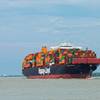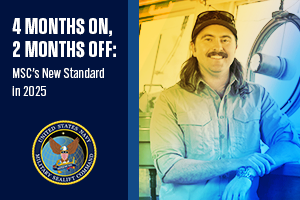Thoughts on Global 1,000-Ship Navy
As envisioned, the global maritime force would patrol the high seas and secure ports and waterways. The concept, developed in 2005 by Vice Adm. John G. Morgan Jr. and Rear Adm. Charles Martoglio, is getting serious review by the top brass. But its fate faces threats from tight defense budgets and ongoing debates over the Navy’s shipbuilding plans.
This naval network is seen as a trans-national force that would expand on existing naval relationships with U.S. allies and through regional security pacts. As envisioned, it would battle piracy and smuggling of illegal drugs and people, as well as terrorists and other threats that cross national boundaries.
While cooperation exists in areas such as the northern Arabian Sea, which sees constant flows of oil tanker and cargo ships, other places are lacking naval cooperation and in the sharing of information. The global navy network will have to rely on technology that links all the players and enables the flow of information, intelligence and communications for the concept to work, said Dov Zakheim, a former Pentagon comptroller and chief financial officer who led a discussion about the future fleet with Morgan and Rear Adm. Michael Bachmann, director of the Space and Naval Warfare Command in San Diego. The Navy’s integrated network known as ForceNET and managed by SpaWar is the key, in many ways, to the 1,000-ship Navy. It’s the key to our Navy.
Source: Navy Times













